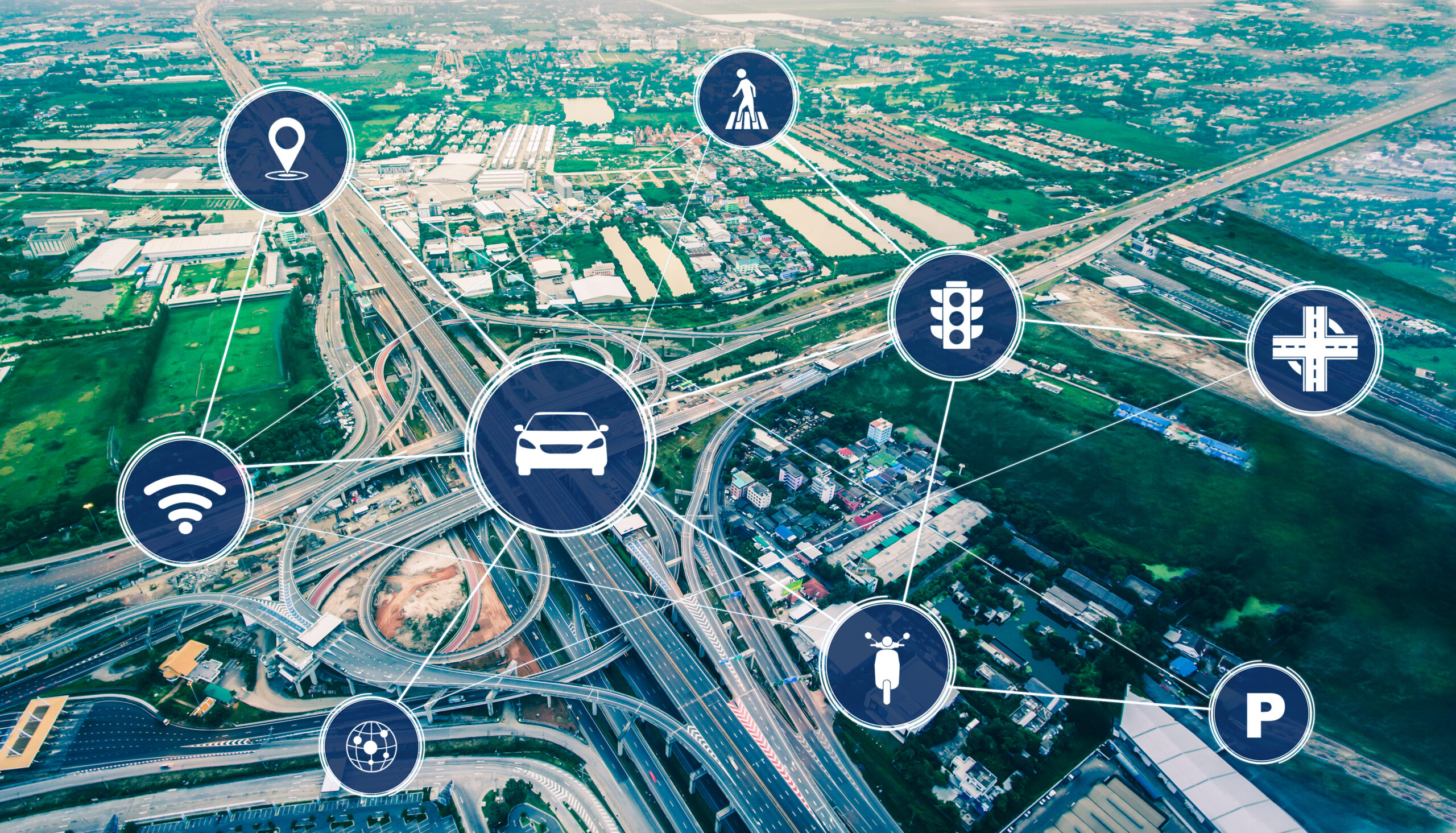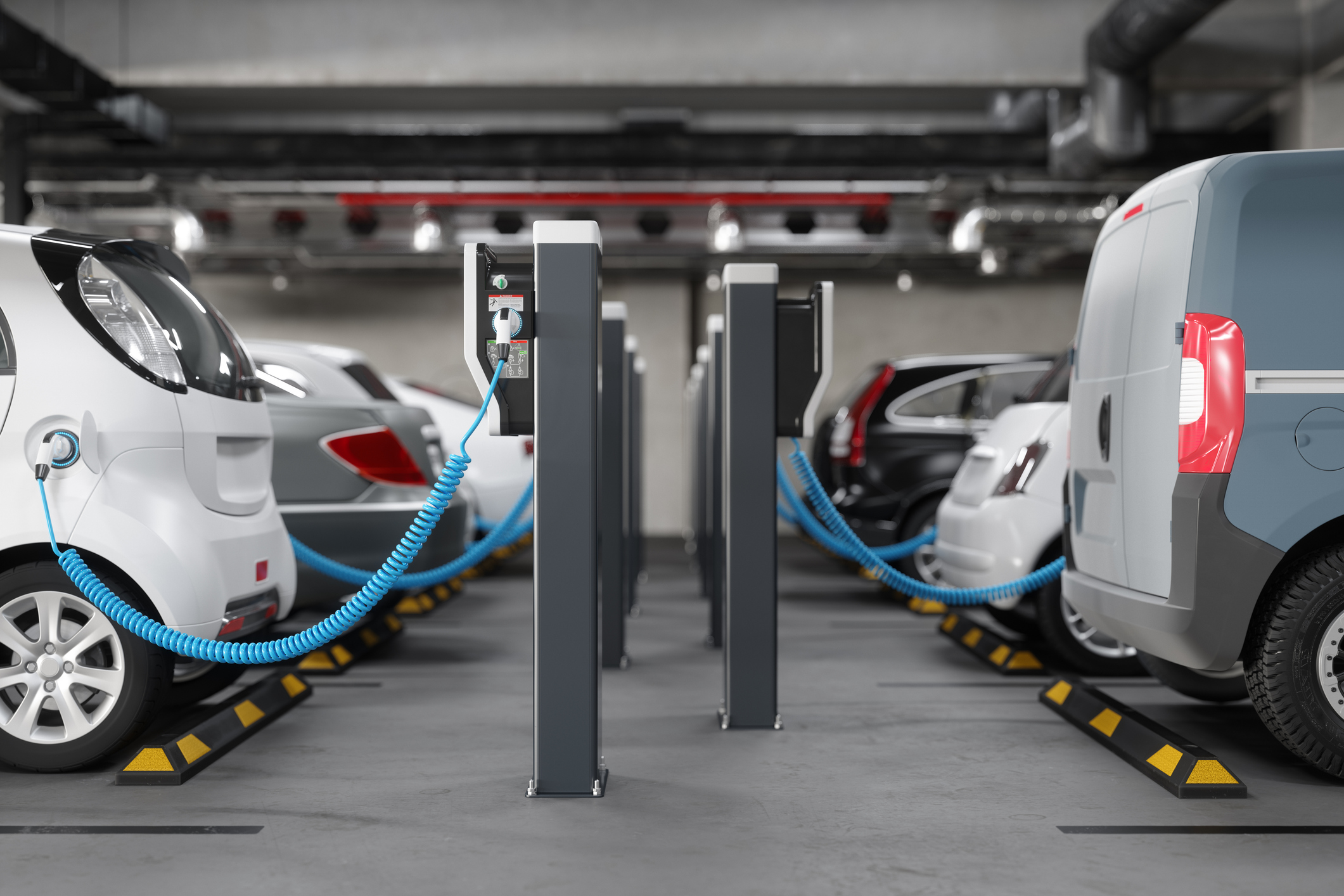In 2022, the Biden Administration took steps to unite automakers and drive workforce development by setting the goal that electric vehicles (EVs) should account for 50% of all manufactured vehicles. Combined with the Inflation Reduction Act (IRA), global decarbonization efforts, and a precipitous rise in distributed energy resource (DER) adoptions (including EVs), there are more electric vehicles on the road than ever and even more to come. To meet charging needs, governments around the world are investing in or considering enhancements to EV charging infrastructure to help eliminate range anxiety. As utility program managers turn to EV managed or V2G charging strategies to balance an increasingly complicated and shifting load, EV telematics offers a data analytics solution that’s already in and always with the vehicle.
Demand Flexibility & EVs
For decades, demand response has proven an effective conservation tool to minimize usage during periods of peak demand. Broadly speaking, demand flexibility initiatives are designed both to shift usage patterns to off-peak hours or resupply the grid with existing, stored, or excess renewable energy. As one of several possible distributed energy resources (DERs), EVs are a manageable asset through a distributed energy resource management system (DERMS), either through managed or vehicle-to-grid (V2G) reciprocal charging functionality, or even as one element of a virtual power plant.
Here’s the problem. Suppose it’s an especially hot, peak usage day, and you might want to run either a V2G or managed charging program. Where are your program participants? Are they at work, on the move, or at home? Are they running errands or stuck in traffic? While participants in demand flexibility programs can typically opt out of demand events, the more you have involved the better.
What is Managed Charging?
Managed charging is a demand flexibility strategy that balances site energy control with vehicle energy needs. During peak demand, participants are alerted to a managed charging event which shifts charging usage to off-peak hours. Like demand response, managed charging is a controlled event that utilizes distributed energy resource management systems (DERMS) to decrease charging speeds to reduce grid strain.
What is an EVSE?
Electric vehicle supply equipment (EVSE) is the equipment that comes with every new electric vehicle (EV). This includes the charging station, an apparatus that is mounted in a stationary location for homeowners’ recharging needs. In addition to the charging stations, EVSE includes the software and hardware necessary for the EV as well. EV chargers come in a variety of shapes and sizes including:
- Level 1 – These charging stations require a standard wall outlet, making this the most accessible charging station for the majority of consumers. Unfortunately, this means that they charge at a rate of approximately 5 miles of range per hour, which is why this charging station is often employed overnight.
- Level 2 – A faster charging station, Level 2 stations charge at a rate of around 25 miles of range per hour, and are often found in public areas to expedite commuter traffic.
- DC Fast Charging – The fastest charging station option, DC fast charging stations charge at a rate of around 250 miles of range per hour, and can typically charge a vehicle to 80% within half an hour.
In general, EVSE chargers feature data analytics functionality, albeit only at a stationary source. Utilities can tap into that data to determine charging patterns and behavior among a variety of other data points, but again, all data from a charger is relegated to one location alone. That means that any charging activity away from the charging station (usually at home) is unavailable to utility program managers.
What is EV Telematics?
Just as EVSE chargers at the point of charge, EV telematics captures data from the vehicle no matter where it is. Studies indicate that EV charging patterns are often erratic, and that trend will only continue with more EVs on the road. With more electric vehicles, come denser, more complicated charging patterns. EV commuters and travelers will need to charge away from home or wherever their charging station is, meaning that utility program managers may not get the biggest picture of overall charging patterns. And that complicates demand flexibility event management.
Fortunately, EV telematics offers a solution. As an analytics tool that’s part of most (if not all) newer electric vehicles, EV telematics affords utility program managers the opportunity to fill in the gaps left by EVSE charging equipment. By communicating directly with the vehicle through EV telematics, utilities gain a strategic advantage by sharing the state of charge, battery size, charging times, and more with utilities looking to manage EV assets wherever they are in their service territory.
How Does EV Telematics Inform Your Demand Flexibility Initiatives
The value of any utility program lies in the willingness of program enrollees to participate during peak demand events. From increased investments in renewable energy technologies to lowering personal usage, utility customers are eager to change their habits and help the environment. But perhaps more than anything, customers want energy security. As one tool in your demand flexibility strategy, EV telematics can help plan upcoming demand events.
As an analytics tool, EV telematics and EVSE charging data are both tools to better forecast potential demand flexibility events. By tapping into EV telematics, utility program managers can access a greater data pool to map out upcoming and future events, minimizing opt-out rates by meeting the needs of managed charging customers and defraying program costs.
The Difference Between EVSE Chargers & EV Telematics Conclusion
While the similarities between EVSE chargers and EV telematics is comparable, the two complete the bigger picture for utility program managers. Again, the measure of programmatic success is high participation rates; customers get very angry when they are deprived of choice in their usage. By employing EV telematics as well as EVSE chargers, utility program managers can minimize this risk, while continuing to meet need through the use of rich data from all points of an electric vehicle’s journey.






